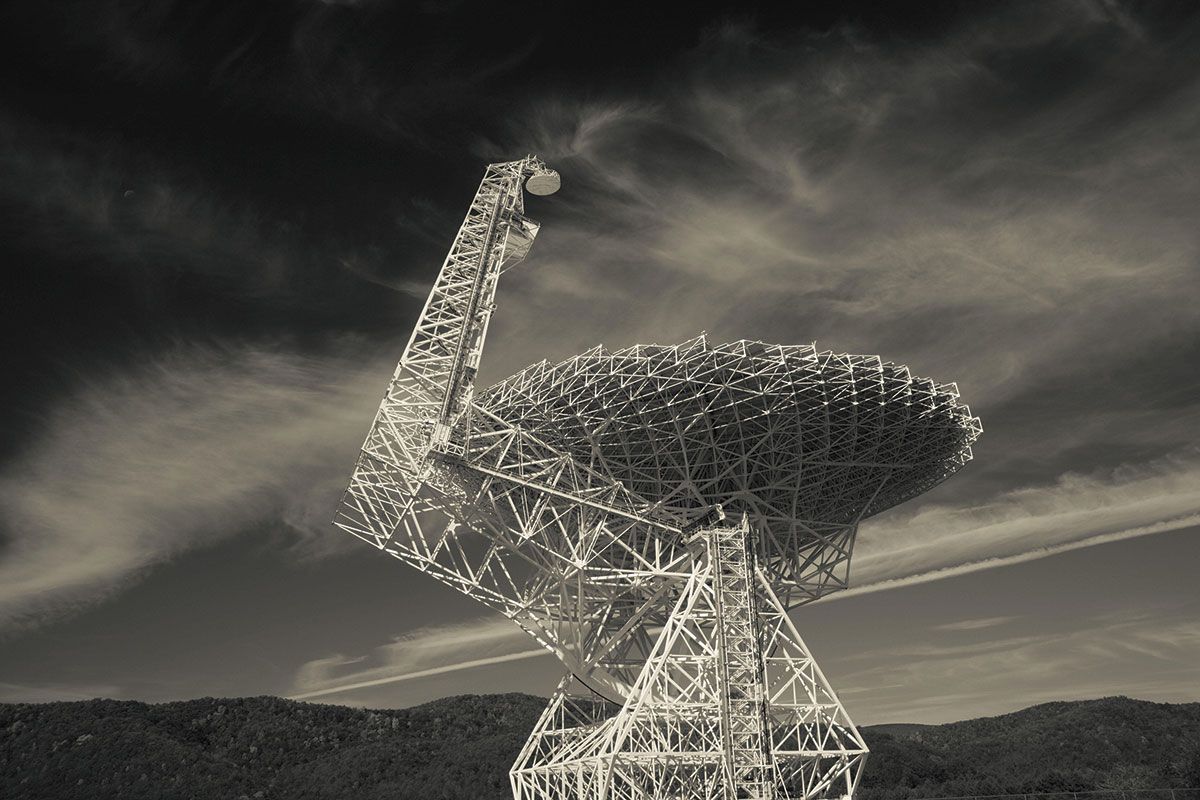The way we traditionally bury the dead is horrible for the environment.
Vox.com is a news website that helps you cut through the noise and understand what’s really driving the events in the headlines. Check out http://www.vox.com to get up to speed on everything from Kurdistan to the Kim Kardashian app.
Check out our full video catalog: http://goo.gl/IZONyE
Follow Vox on Twitter: http://goo.gl/XFrZ5H
Or on Facebook: http://goo.gl/U2g06o
The modern way of burying a body, the “casket in the ground method” most of us are used to is horrible for the environment. It uses an incredible amount of resources, emits toxic pollutants into the air, and pumps the ground full of formaldehyde, which is known to cause cancer. It’s also prohibitively expensive. The average cost of a modern funeral costs between $10,000 to $12,000.
There are a number of greener options available though. Cremation uses less resources and requires less space than a traditional burial, but isn’t perfect. There are more experimental methods on the horizon such as promession and alkaline hydrolysis.









